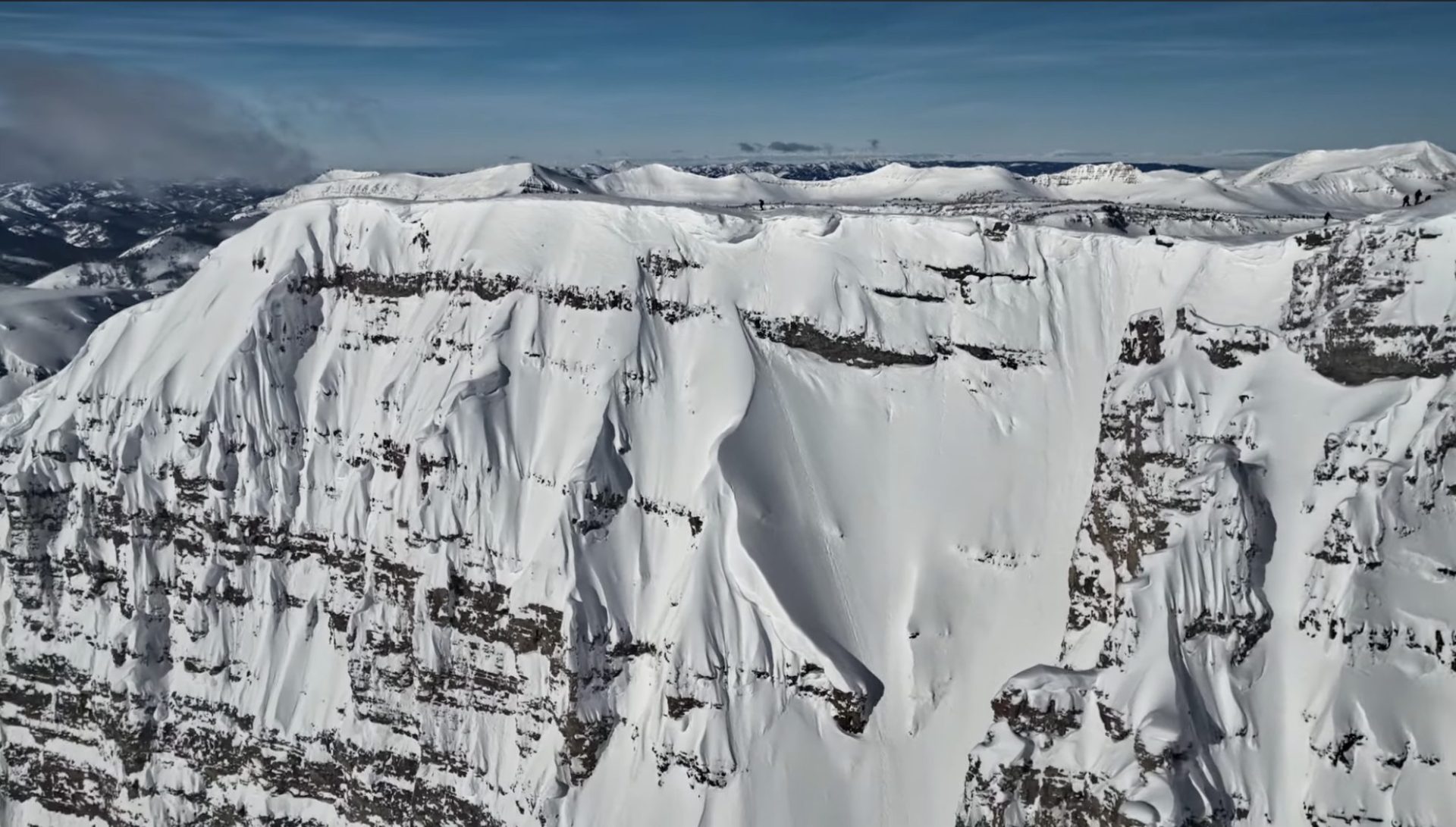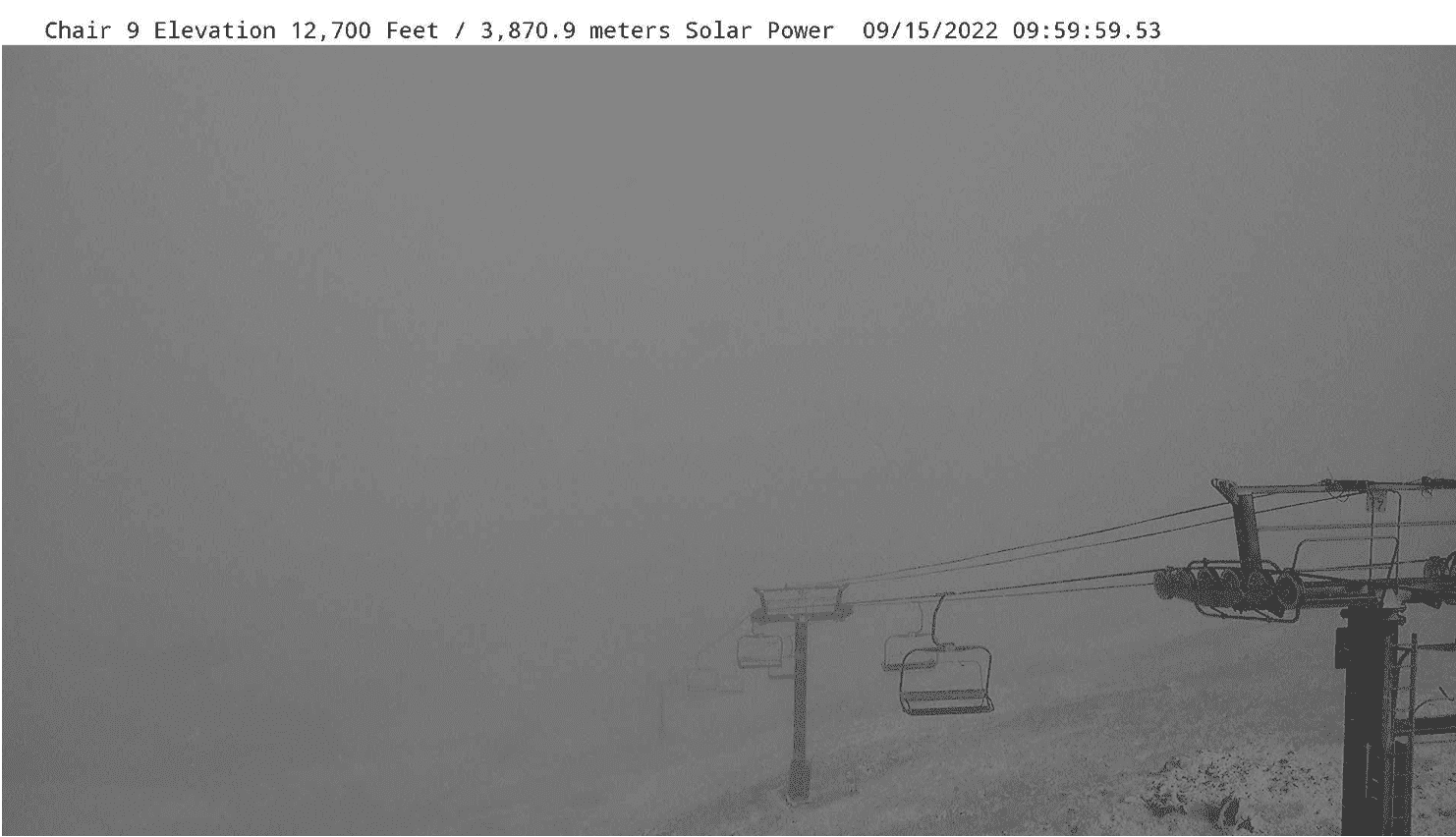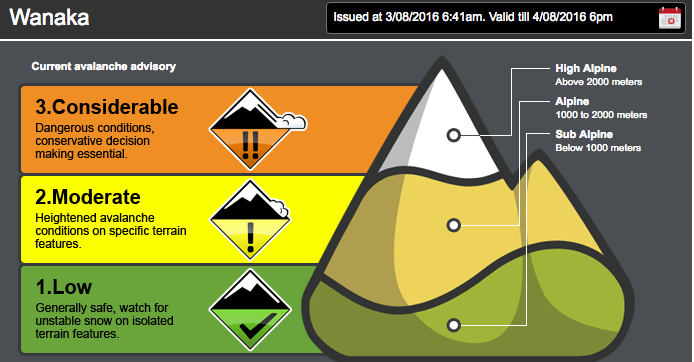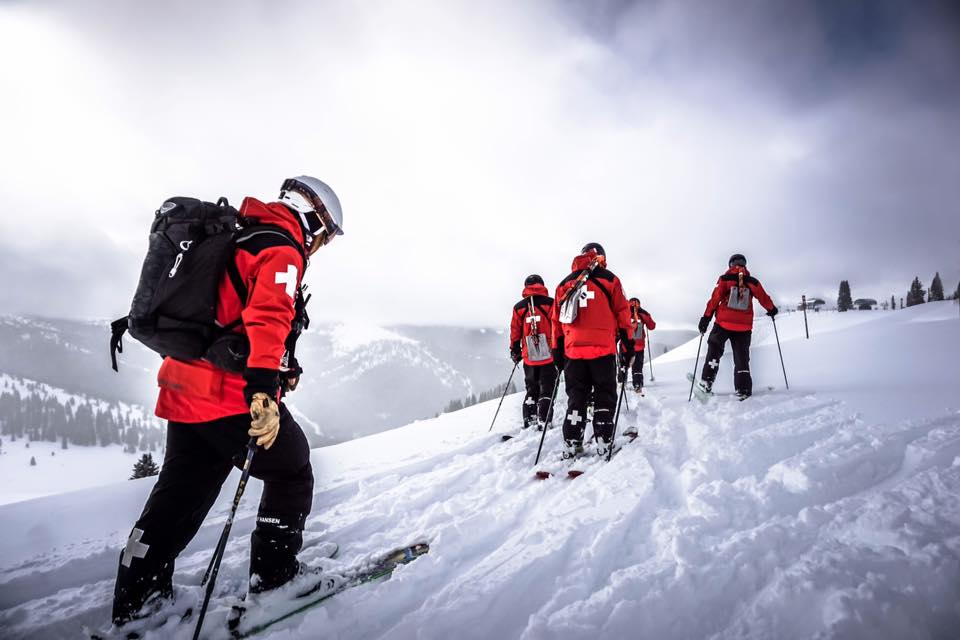
Could a “Miracle March” save Lake Tahoe, CA’s ski season this year? Yes, it’s entirely possible because it happened before in March, 1991. March, 1991 was the true “Miracle March”. It was the March that coined the term “Miracle March” and the March that saved Tahoe from a disastrous ski season. Could it happen again? You bet.

In 1991, California was experiencing its worst drought since the Dust Bowl, Lake Tahoe itself was at its lowest levels in recorded history, and Tahoe was on track for its lowest snow year on record. In February 1991, Lake Tahoe ski shop retail sales had dropped 33%, lodging had fallen 40%, and unemployment was down 145%. Marin County was requiring residents to use less than 50 gallons of water per person per day or face stiff penalties. Things were looking ugly… The drought was costing California about $1 billion in losses…
The continuing drought in California cost the state at least $1 billion last year in agriculture losses, increases in energy costs and damage to the environment, state officials say. – New York Times

Then on March 1st, 1991, it started snowing and it didn’t stop until 50-inches of snow had fallen on Lake Tahoe. Skiers, farmers, and citizens rejoiced. But it was only the beginning. During the month of March, 240-inches of snow (20-feet) fell on Sugar Bowl ski resort and some areas of California received 250% of average March precipitation. Sugar Bowl averages 500-inches of snow annually. “Miracle March” brought Sugar Bowl approximately half of its annual snowfall and saved the 1991 ski season. Lake Tahoe’s snowpack went from 17% of average to 73% of average in just 29 days that March.
1991’s “Miracle March” provided nearly non-stop storms for its entirety.

The “Tahoe Tribune” newspaper reveled in the huge March snowfalls printing these headlines:
— “Mother Nature Throws Resorts a Life Preserver,” March 8th, 1991
— “Snow Deeps Falling, Resorts Celebrate,” March 13th, 1991
— “A White Blessing,” March 15th, 1991
— “It Keeps Coming,” March 19th, 1991
— “It Just Keeps Dumping,” March 22nd, 1991

“Miracle March” 1991 did keep California out of a catastrophic water shortage, but it didn’t end the drought. That particular drought went from 1987 to 1994.
“After five years, it will take some time before this drought becomes history. We’re looking at all the means we can use to convince people that, though not as serious, it’s still a serious situation.” – Jeff Cohen, an information officer at the state Department of Water Resources drought center, March 1991

This winter could very well end up the same as 1991. Maybe we’ll get our own Miracle March that’ll drop 20-feet of snow on Tahoe and save our ski season. Why not? It’s happened before, it could happen again.





it’s april, bitches! what happened to your Miracle March 2015?!?!
I was here when it happened and if it snowed then it can sure snow like that again.! We have to keep praying and think positive.
March 2011… and 2012… and 2013… and 2014 were all wet (for SoCal) and snowy (for the Sierra). Atmospheric rivers drenched SoCal in all those instances, and in the mountains, the result was some (but not much) snowpack increase. Given that we have not only a strong positive PDO (+2.43 if I recall correctly, and still climbing) but also a weak negative AMO for the 2015 season, it’s possible that those previous Miracle Marches could only be mere preludes to 2015’s Miracle March.
move to a new town Sharpy
because for sure the weather is based on your superstition.
But looking on the bright side, maybe we have only 35 years left on our “mega-drought”.
Law of averages says not gonna happen.
Pray fools, pray for snow.
i remember………..living on tiger tail in squaw valley and working at the chamois the season was bleak and then it started snowing and snowing and snowing……….my car was TOTALLY buried and unrecognizable………april/may spring skiing was great!
why not you ask? 24 more years of greenhouse gasses since ’91? development of more industrial nations? slow on the solar and wind power development? all the reasons we fear.
Sharpy are you still believing in that crap? So only Northern Cali/Northern Nevada have green house gases? Because Washington/Oregon are doing fine with Snow. Mid West is dong fine. East Coast is killing it. But green house gases only attack Cali? Yeah, that has to be it….. LOL Get back to me on Febuary 28th 2015. If you actually understand how to watch the weather…. 😉
Oregon and Washington are sure as hell not doing fine. You’re the one drinking the kool-aid.
I live in washington we are beyond fine.
therealdeal, I know. just amazing. How is it that these people who read scientific data and understand the circumpolar Jet Stream and it’s patterns and how the melting polar caps are causing a rise in the oceans that have changes weather patterns are still believing that BS? I mean, wtf? they must not understand greenhouse gases like we do. right?
nice article – it’s good to keep hoping for March 2015.